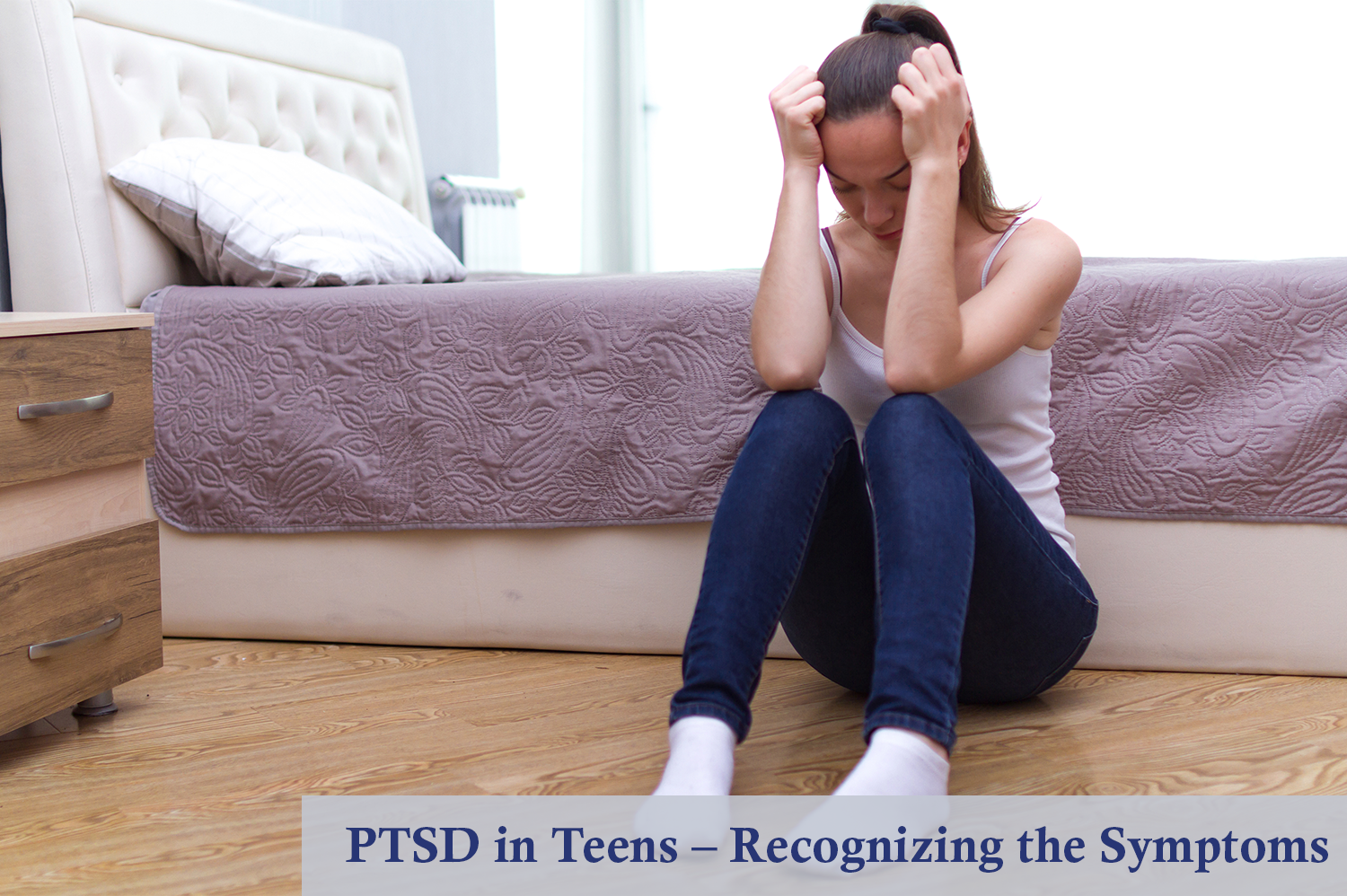PTSD is much more common in teens than most adults want to believe. To help teens get the treatment they need, understanding the symptoms is a good place to start. Here are some common symptoms of PTSD in teens.
What is PTSD?
PTSD, or post-traumatic stress disorder, is a mental health condition that can develop after witnessing or experiencing a traumatic event. You may have heard this in reference to veterans, but they aren’t the only people who can experience PTSD.
It can occur after a single traumatic event, such as a car accident, or ongoing traumatic events, such as exposure to domestic violence or childhood abuse. It’s estimated that approximately 5% of teenagers between the ages of 13 and 18 will develop PTSD; and the more severe the trauma, the more likely a teen is to be affected by PTSD symptoms. PTSD can become chronic, persisting over months and years. However, it’s important to note that PTSD is treatable.
What Causes PTSD in Teens?
On a broad scope, events that cause PTSD can usually be linked to:
- Something that occurred in a person’s life
- Something that occurred in the life of someone close to them
- Something the person witnessed
 The cause of PTSD is also affected by the severity of the trauma, the duration of the traumatic event, and the teens coping skills, among other things. Here are some detailed examples that could cause PTSD in teens:
The cause of PTSD is also affected by the severity of the trauma, the duration of the traumatic event, and the teens coping skills, among other things. Here are some detailed examples that could cause PTSD in teens:
- Serious accidents (such as a car or train wreck)
- Natural disasters
- Man-made tragedies (such as bombings or school shootings)
- Animal bites
- Invasive medical procedures
- Physical abuse
- Emotional abuse
- Sexual assault/molestation
- Physical assault (such as a mugging or kidnapping)
- Neglect
- Bullying
This list is by no means comprehensive. But it can help to give an idea of the types of things that can affect a teen’s psyche.
Symptoms to Look Out For
Each person has a unique emotional makeup, so no two people will experience PTSD in the same way. But being aware of a few of the most common symptoms may help you identify PTSD in your teen and get them the help they need.
Re-experiences
Reliving the traumatic event is a very common symptom of PTSD. Teens with PTSD may experience re-experiencing the event in various ways, including nightmares, flashbacks, and intrusive thoughts.
Nightmares are among the most common, with research that indicates somewhere between 71%-96% of individuals with PTSD have recurrent nightmares. Sometimes the nightmare isn’t even about the trauma itself, but about a different, unrelated scenario (like a monster chasing you).
Flashbacks, on the other hand, have been described as “waking nightmares.” They are intense (often recurrent) episodes of reliving a traumatic event or experience. They tend to come on suddenly and can feel uncomfortable and overwhelming, often making one feel as if the event were happening again (by experiencing sounds, smells, and physical senses in the body).
Intrusive memories or thoughts can be as intense as a flashback, but that person is not “transported” back to the traumatic event. Many teens with PTSD have intrusive thoughts resulting from their trauma.
Avoidance
Avoidance is when teens often try to avoid anything that reminds them of the trauma they experienced. This may seem normal, like being wary of cars after a car accident, but it can go to extremes. This includes:
- Avoiding circumstances (such as the date, the clothes worn, or place where the event occurred)
- Forgetting (amnesia) parts of the trauma
- Reduced interest in previously enjoyed activities (such as stopping seeing friends or dropping out of social activities they used to enjoy)
- Showing little emotion after a trauma
- Isolating themselves from others
Heightened Anxiety
Heightened anxiety, or hyperarousal, is a common symptom in teens with PTSD and implies an amplified perception of sensory activity. This arises due to changes that occur in the brain as a result of the trauma. The amygdala becomes hyperactive during the event and remains overactive long after the traumatic event has ended. This can be described as feeling on guard or on edge and can manifest in different ways.
Affecting sleep is one of them. Teens may have trouble falling or staying asleep. Being easily startled, and jumping at the slightest sound of threat is another sign of being “on guard” all the time. Anger outbursts are also a sign, as teens may have difficulty controlling their anger and can reflect as being more impatient or yelling more.
Depression
Depression is connected to changes in the brain associated with trauma just like hyperarousal. While the amygdala becomes overactive in those with PTSD, the prefrontal cortex can become less active. The prefrontal cortex is responsible for behavior, impulse control, and emotional regulation. When the prefrontal cortex isn’t underworking, it can result in decreased positive emotions, increased irritability, and social withdrawal.
Noticing Signs of PTSD in Your Teen? It’s Time to Get Help
PTSD in teens can be treated. Early detection and intervention are essential and can reduce the severity of symptoms and improve the quality of their life. Treatment should begin with a comprehensive evaluation of your teen and cognitive behavioral therapy may be recommended.
If you’re looking for a comfortable way to provide your teen with the therapy services they need, Equity Associates is here to help. Our therapy services are highly personalized for one’s unique needs, and with our usage of telemental health, those seeking treatment can do so in the comfort of their home. We’re based in Ridgway, Colorado but can help those anywhere in the state. No matter what, we’re always here to support those who need us.
Click here for more information on Trauma Therapy.


